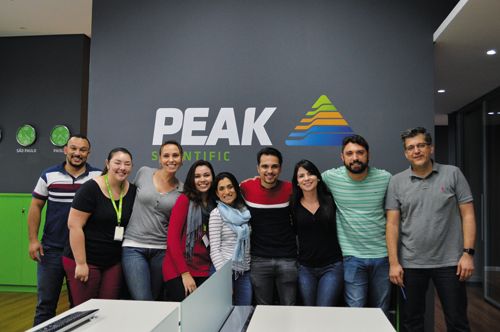Peak Scientific Expands Latin America Operations
Peak Scientific has expanded its operations in Latin American (LATAM), moving to a new, larger premise with the aim of developing its support capabilities in the growing LATAM market.

Peak Scientific (Inchinnan, Scotland, UK) has expanded its operations in Latin American (LATAM), moving to a new, larger premise with the aim of developing its support capabilities in the growing LATAM market.
Establishing its presence in Brazil in 2012 with just one employee, Peak Scientific have grown considerably-enough to justify a new office in São Paulo, in a space over 3 times larger than where the company had been operating from previously.
“The hard work of our team in Brazil has been the foundation for this successful expansion and the opening of our new office was a great time to recognize that work,” said Fabiano Kauer, General Manager for Peak in Latin America.
“The investment in the new larger office enables us to continue to increase our headcount to support the growth we have been experiencing,” added Kauer.
Peak selected the new premises with the future in mind as they fully expect the LATAM team to grow as their market share increases. - L.B.
For more information, please visit www.peakscientific.com

Regulatory Deadlines and Supply Chain Challenges Take Center Stage in Nitrosamine Discussion
April 10th 2025During an LCGC International peer exchange, Aloka Srinivasan, Mayank Bhanti, and Amber Burch discussed the regulatory deadlines and supply chain challenges that come with nitrosamine analysis.













